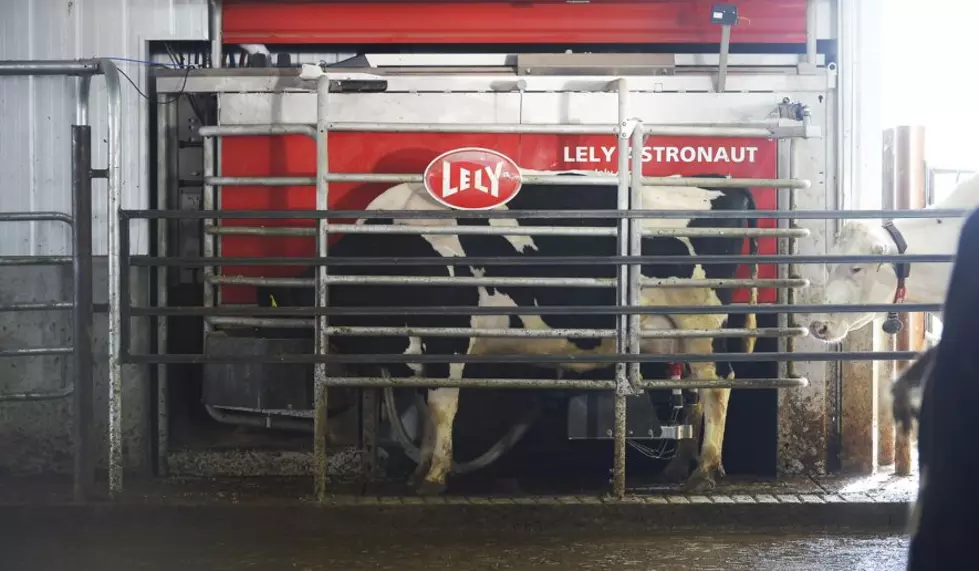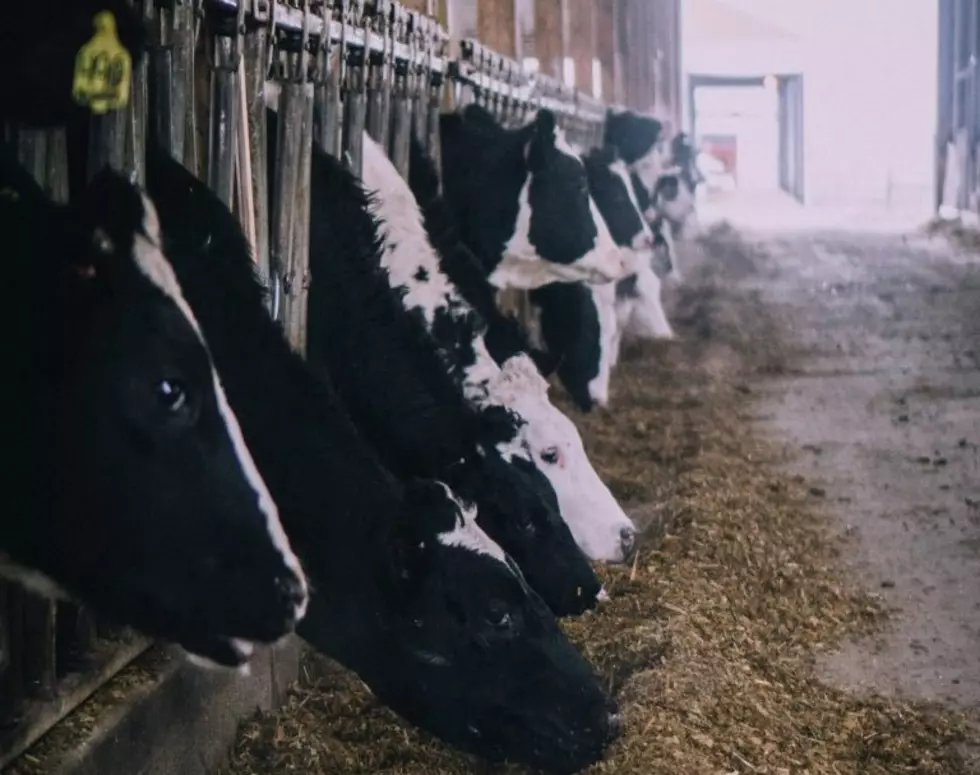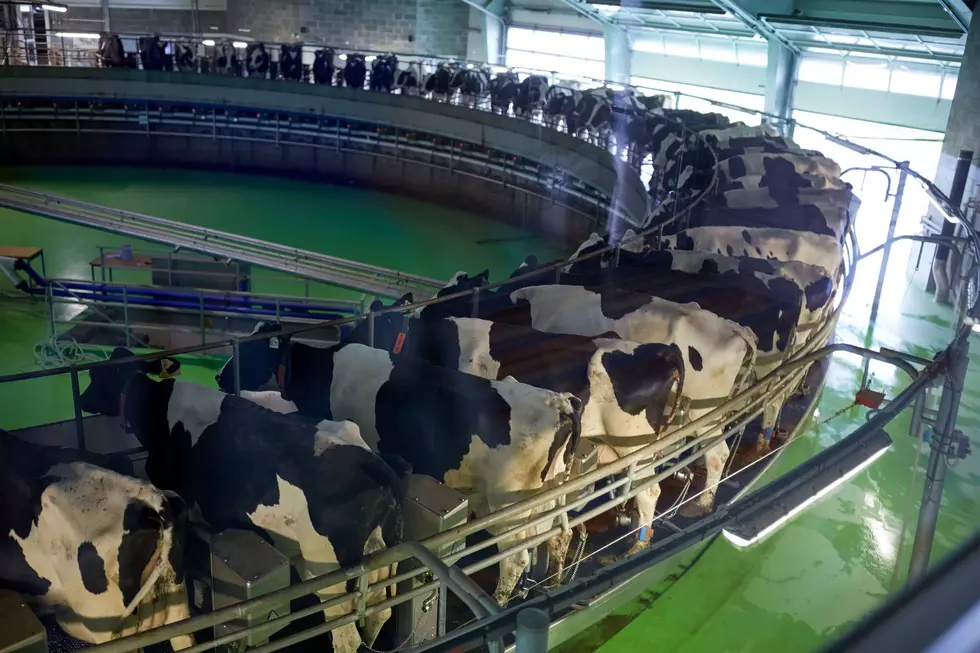
Are Robotics The Future Of The US Dairy Industry?
Automation has been integrated into almost all aspects of our lives, and dairy farms are no different. In the last five to ten years, there’s been a huge increase in farmers adopting automated milking systems, said Courtney Halbach, Outreach Specialist with The Dairyland Initiative
“Part of the reasons behind that is because they want to improve labor efficiency as well as milk production. So, we’ve gone and visited 42 herds throughout the Midwest. And we focused on the facility design of these robot herds, as well as labor efficiency. And what we oftentimes forget is that now we’re managing the cow differently in an AMS unit versus a cow in a pen that leaves to go to be milked.”
The differences begin at the ground level. Halbach said while free stall dimensions and widths can remain the same, cows will require more room to move about to access the robot. It can be as simple as widening alleys by about 2 feet
“So cows have an easier time moving throughout the different areas of the pen," Halbach said. "Maybe it’s from the resting space, to the feed space, to the robot. We also want to make sure that there’s plenty of space around the robot areas, so that there’s limited congestion and cows aren’t having to wait to access the robot.”
The flow of cow movement throughout the barn is really important, and it will require some patience as cows get familiar with their new routine
“Typically, we advocate for about 55 cows per robot. That allows for cows to have enough time to be milked and access the robot. Limits overcrowding in the pen, and we see that this is an easier amount of cows to handle for a person per a robot.”
Where gates are located throughout the barn is an important consideration, too. And planning the fastest route for the herd manager or employees to get to cows as quickly and easily as possible.
“Gating, although it costs a lot upfront and it's not something you would think of right away, is something that's super important in improving labor efficiency down through the lifetime of the robot,” Halbach noted.
As more dairy producers adopt robotic milking systems, they are learning which cows perform best in the new facilities. Halbach said genetics are increasingly important in robotic herds — with U.S. Registered Holsteins leading the way.
“Holstein can be there to help make sure that these robots or these cows are ready for the robots. Maybe it’s udder conformation, legs, teat placement, how much milk outflow there is and the quality of milk," Halbach said. "Cows are different in either a conventional milking herd or a robot herd. And that’s where Holstein can come in with genetics and those resources to make sure that you have the right cows for the milking system on your farm.”
If you have a story idea for the PNW Ag Network, call (509) 547-1618, or e-mail gvaagen@cherrycreekmedia.com
More From PNW Ag Network









